Since 1876 we’ve made it our mission to protect the mountains, forests, waters, and trails you love in the Northeast and Mid-Atlantic regions. We envision a world where our natural resources are healthy, loved, and always protected, and where the outdoors occupies a place of central importance in every person’s life. We encourage you to experience, learn more, and appreciate the outdoors knowing that your participation supports the conservation and stewardship of the natural world around you.
AMC is the oldest outdoor recreation and conservation organization in the U.S. Explore 145+ years of AMC history, from its launch in 1876 to the purchase – and protection – of Maine’s ~27,000-acre Pleasant River Headwaters Forest in 2022. In 2026 we will celebrate our 150th Anniversary…. Yes, this is a BIG DEAL!
1876
AMC is Launched
Professor Edward Charles Pickering (MIT) and entomologist Samuel Hubbard Scudder (an ardent collector of butterflies in the Berkshires) establish the Appalachian Mountain Club (AMC) to explore and preserve New Hampshire’s White Mountains. The club is incorporated two years later. Today it is the oldest outdoor recreation and conservation organization in the U.S.
1876

Appalachia Journal: Inspired Writing
Appalachia is launched. The journal features poems, accident reports, write-ups of international mountaineering expeditions, updates on newsworthy stories on mountaineering and conservation, research and reports about field science, and reviews of books, maps, and other media. Appalachia is published twice a year and is America’s longest-running journal of mountaineering and conservation. SUBSCRIBE TO APPALACHIA »
1882
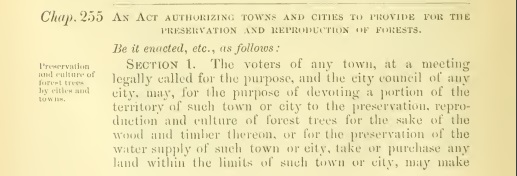
Advocating for Land
AMC lobbies the Massachusetts Legislature for the rights of municipalities to set aside lands for public use. One result is the Public Domain Acts of 1882, which grants towns and cities the authority to provide for the preservation and reproduction of forests.
1882

The First Guidebook
Appalachia issues Walking Guide to the Mt. Washington Range, AMC’s first guide book. Suddenly, hikers and tourists have a reliable map, and the doors to hiking in the White Mountains are flung wide open.
1888
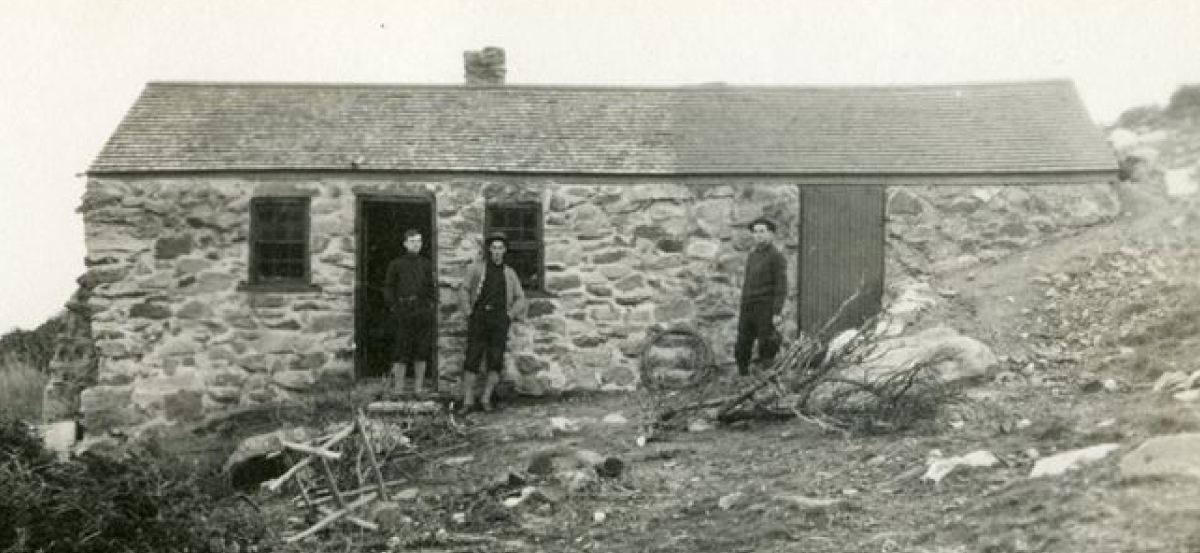
The Legacy Begins
Madison Spring Hut – the oldest hut site (the first high hut of 8 constructed by AMC) in the U.S. – is constructed. The first overnight guests visit in the winter of 1889, and in 1906 a fee of 50 cents per night is instituted to utilize the shelter.
1894
AMC’s Charter Enlarged
The Massachusetts Legislature enlarges AMC’s charter “to enable it to hold mountain and forest lands and historic sites, and so preserve the beauty and attractiveness of our mountains, and especially of their forests”.
1895
First Conservation Land Purchase
AMC makes its first conservation land purchase, acquiring 36 acres along Snyder Brook in Randolph, NH to protect a strip of old-growth forest from logging. The land is donated to the White Mountain National Forest (WMNF) in 1937.
1898
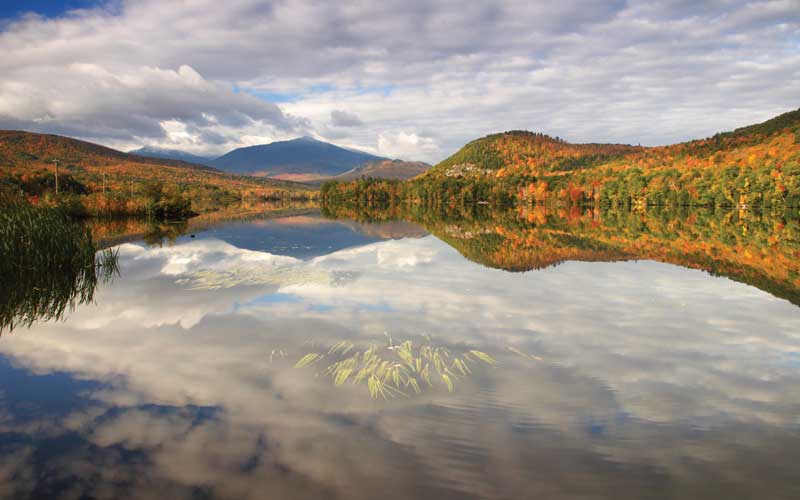
A Landed Gift
Sarah Bryant Fay gifts 203 acres of land in the towns of North Woodstock and Lincoln, NH to AMC. Later dubbed the Joseph Story Fay Reservation in honor of her father, it is the largest and most valuable tract the club has received to date. AMC will donate the land – now known as Fay State Forest – to the State of New Hampshire in 1933.
1901
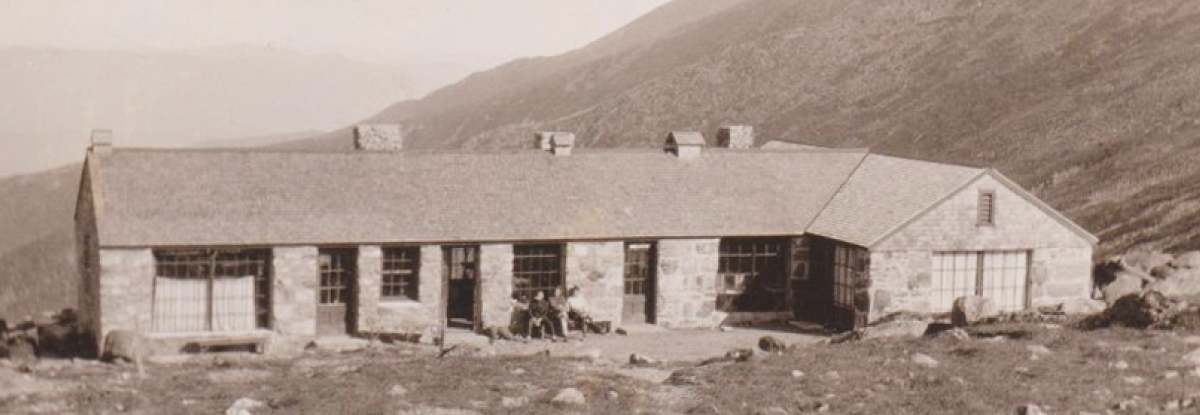
The Hut That Shelters
A shelter is erected just below the summit of Mount Monroe in response to the deaths of two hikers who were caught in a storm on their way to an AMC meeting on Mount Washington. Located adjacent to its namesake Lakes of the Clouds tarns, the shelter is rebuilt as a hut in 1915. Today it is the highest, largest, and most popular of the AMC huts.
1904

The system takes place
Carter Notch – the easternmost hut – starts out as a simple log cabin. It is rebuilt in hut form in 1914. Successful operation of Carter Notch establishes the hut as a viable economic pursuit and AMC begins to lay plans for a full system.
1919
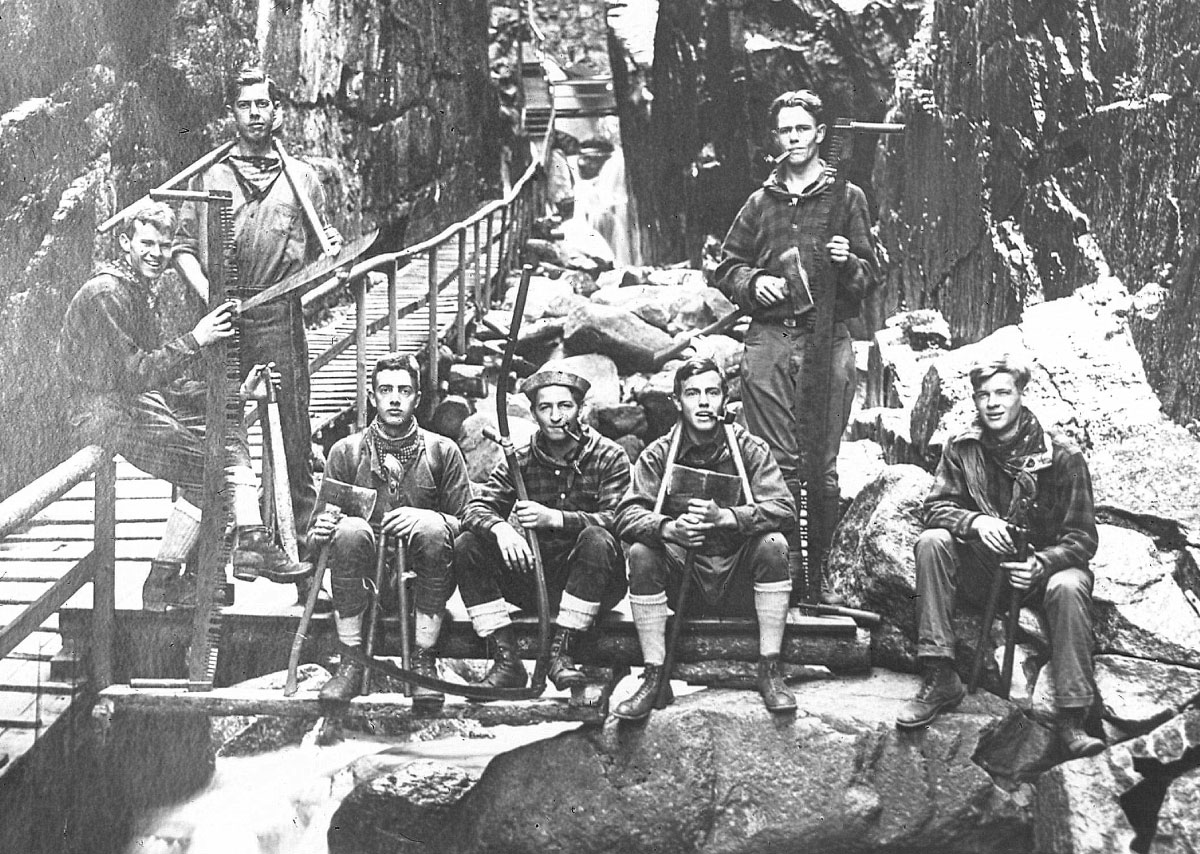
Trail Work Commences
The first modern trail crew, composed of Sherman Adams (the future Governor of New Hampshire and President Eisenhower’s Chief of Staff) amongst others, clears trails, replaces signs, constructs and repairs shelters, builds log bridges over bogs and rivers, and removes stumps from pathways in the White Mountains. The same trail work continues today nearly unchanged. This photo of AMC’s 1924 trail crew was taken at NH’s Flume Gorge and shows (L to R) Harland P. Sisk, Leonard B. Beach, William J. Henrich, William L. Starr, Frederick Fish, Harold D. Miller (Trailmaster), and Dana C. Backus. Photo by Paul R. Jenks.
1920
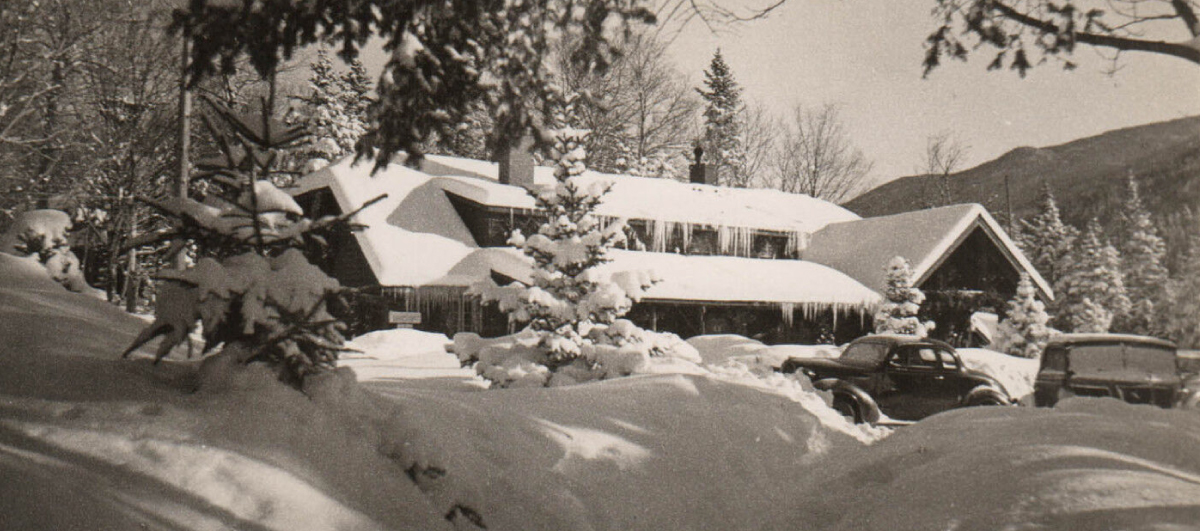
Go There and Roam
The Pinkham Notch Visitor Center is constructed on land leased by the club from the Umbagog Paper Company that was added to the WMNF in 1918. Originally a lodge with a small trading post for supplies and information, the center has since been transformed into a hub for natural history, conservation education, and outdoor recreation training.
1925
First Ski Trip
The ski gains some acceptance as an alternative to the snowshoe for winter forays on AMC club trips (Eastman, 2012). Weekly ski trips begin in 1927.
1928

A Phenominal Journey Begins
The legendary Joe Dodge (driving) – “father of the AMC hut system” – becomes AMC’s second Huts Manager, following in the mighty footsteps of Milton Emery “Red Mac” MacGregor (1884-1976). Joe (1898-1973) will go on to play a long-running and key role in the expansion of the system, acting as Huts Master until 1959.
1929

Lonesome Lake is Acquired
Lonesome Lake – an 1876 fishing camp built by author W.C. Prime – becomes part of the AMC hut system when the State of New Hampshire asks the club to run it as a shelter. It will be demolished and rebuilt in 1965.
1930
Mount Washington Observatory
Joe Dodge becomes the official Weather Bureau observer at Pinkham Notch, where weather data have been collected ever since. Two years later, Dodge helps found the Mount Washington Observatory.
1930

A New Era
Greenleaf Hut is completed with a wood exterior, leaving behind the stone and masonry construction technique utilized in earlier huts. Building supplies are hauled in by donkeys up the aptly-named Old Bridle Path. The new hut boasts running water and indoor toilets, reflecting an evolution in design from a simple shelter towards a mountainside hostel.
1930
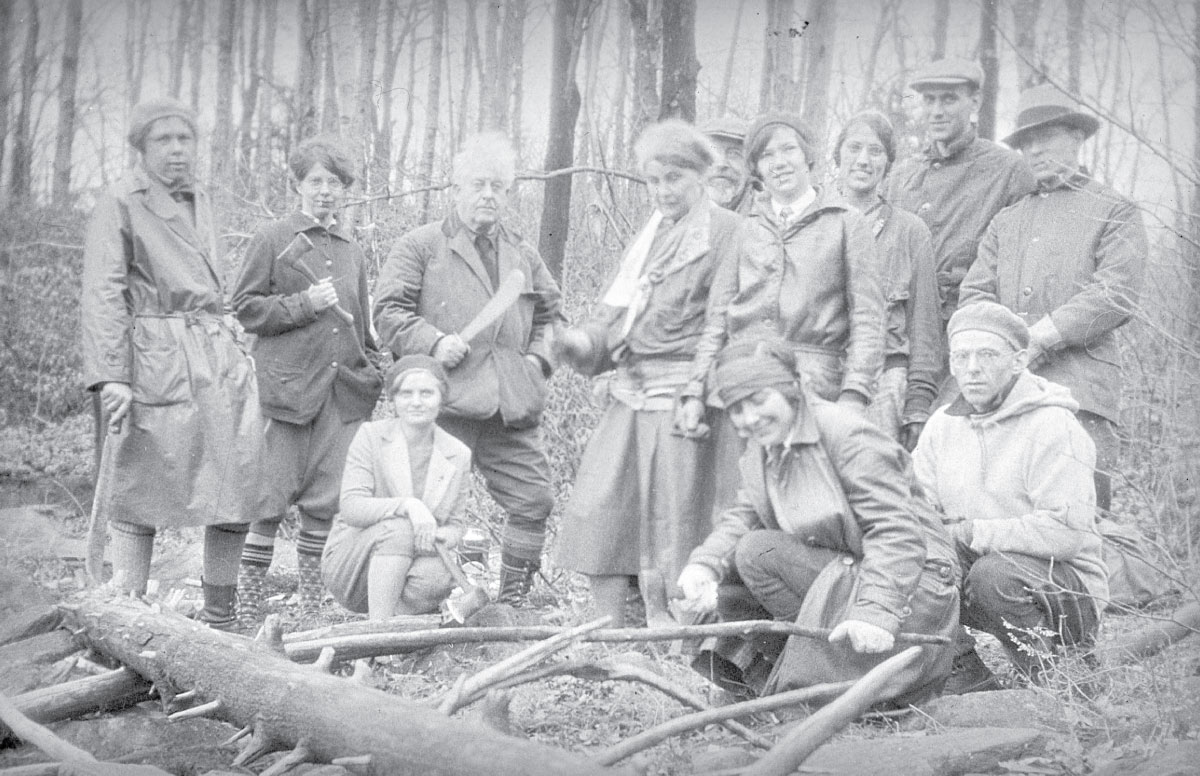
Cutting the A. T.
An early trail crew cuts the Appalachian Trail (A.T.) in Massachusetts.
1931
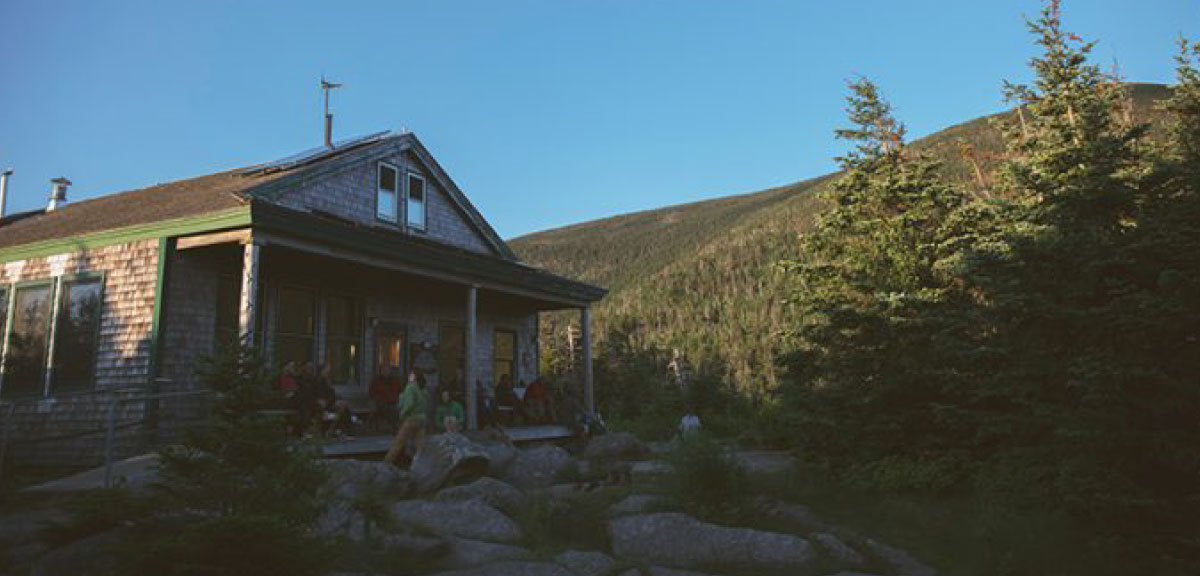
Going Farther Afield
Galehead – the most isolated hut in the system – is constructed on Garfield Ridge in the Pemigewasset Wilderness using onsite timber. Seven years later, the Great New England Hurricane destroys the surrounding forest. The hut, however, rides out the storm intact.
1931

A Noble View
AMC’s Western MA chapter purchases Noble View, an historic farmstead built in the 1800s. Located on a pristine mountaintop overlooking the Connecticut River Valley, AMC’s new outdoor center features 360 acres of woodlands, trails, and abandoned farm fields to explore.
1932
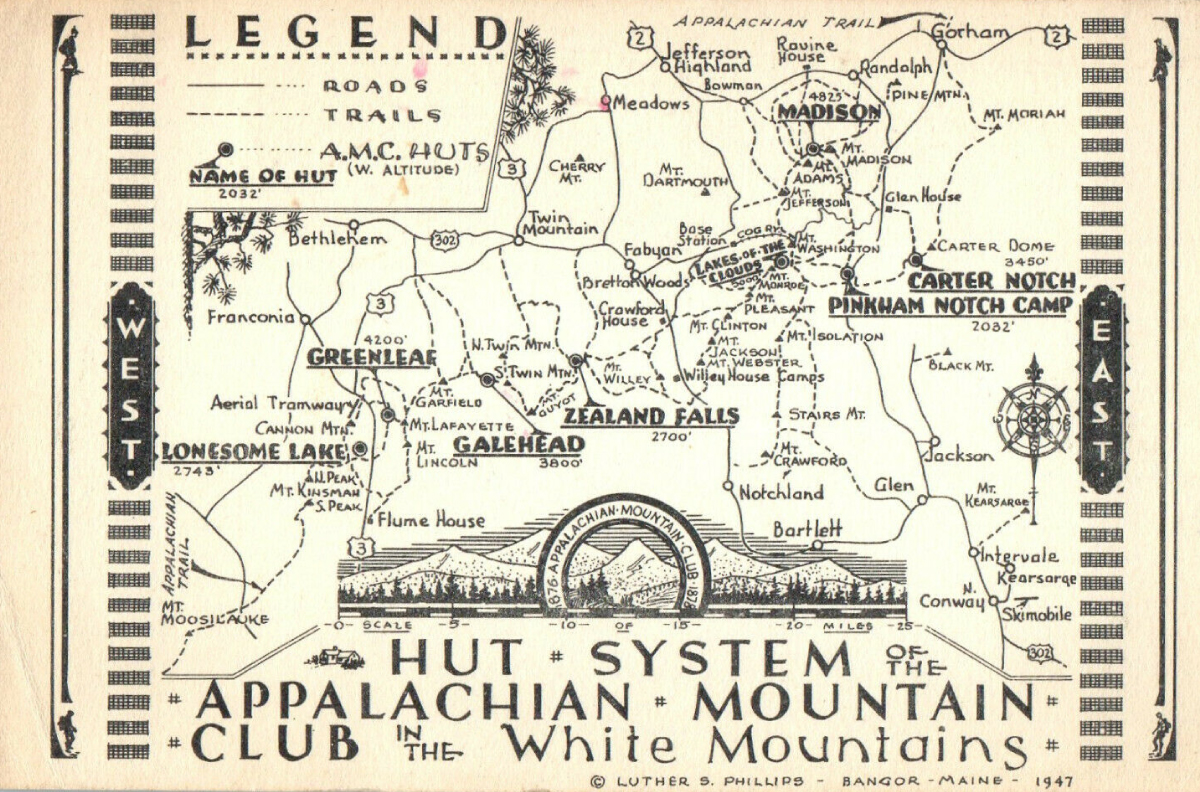
Linking West and East
Zealand Falls – one of the last two links in the chain connecting the western huts with those in the Presidential Range – is constructed.
1961
National Geographic Takes Notice
This is Timeline description, you can change me anytime click here Supreme Court Justice William O. Douglas publishes a 35-page article in National Geographic, praising the area of AMC’s backcountry huts. The club’s popularity soars, necessitating plans for an eighth hut to deal with the subsequent increase in hikers (Jermanok, 2006).This is Timeline description, you can change me anytime click here
1964

Closing the Gap
Mizpah Spring Hut – built to withstand 200 mile-per-hour winds – is erected with materials brought in by helicopter. This final hut closes the gap between west and east, enabling hikers to make the journey from Zealand Falls to Lakes of the Clouds in just two days (Reifsnyder, 1979).
1968

Advancing Opportunities for Youth
AMC’s Youth Opportunities Program (PDF) is founded to make the outdoors accessible and meaningful to youth living in urban and under-resourced communities.
1970
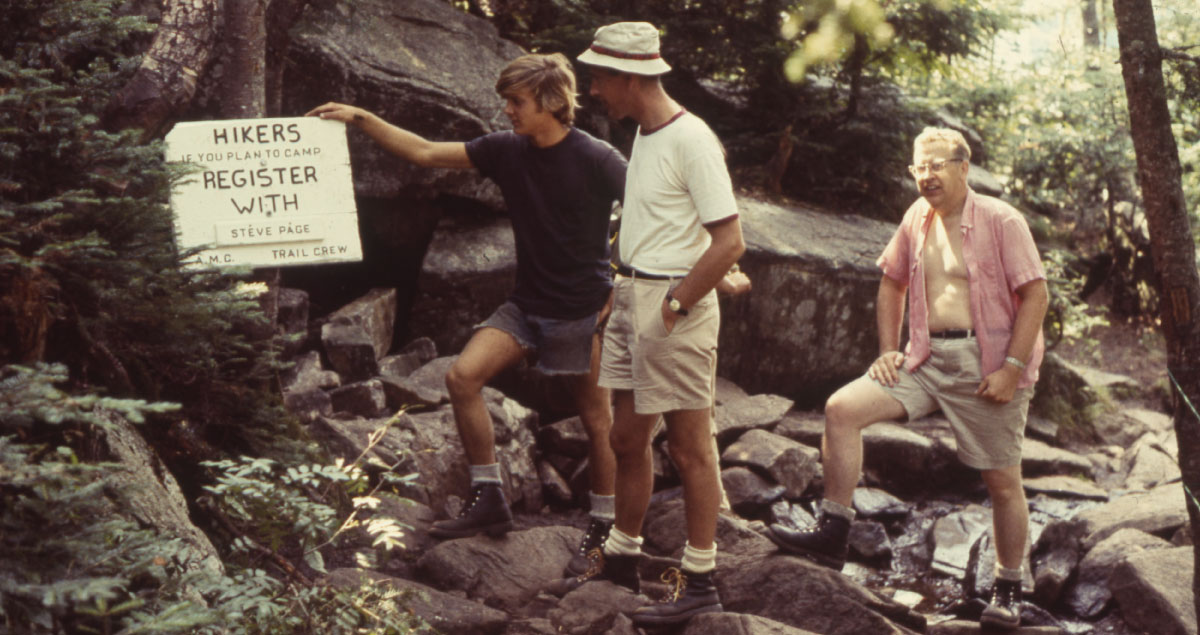
Campsite Caretakers Program
A seasonal caretaker is placed at Liberty Springs Tentsite to manage use, giving rise to AMC’s Campsite and Caretaker Program. Caretakers inform hikers on how to minimize their impact on campsites in the White Mountains.This is Timeline description, you can change me anytime click here
1972

Joe Dodge Lodge Groundbreaking
AMC begins construction of Joe Dodge Lodge adjacent to the Pinkham Notch Visitor Center (Joe, seen here second from left).
1972

Winter Hospitality Arrives at the Huts
Zealand Falls becomes the first hut to welcome overnight guests during the off season. For $4, visitors can stay overnight but they must bring their own sleeping bag and food. Carter Notch and Lonesome Lake follow suit in 1974 and 2002, respectively.
1975
I-93 Construction is Halted
AMC wins a permanent injunction against I-93 construction north of Franconia Notch based on deficiencies in the project’s Environmental Impact Statement.This is Timeline description, you can change me anytime click here
~ 1979
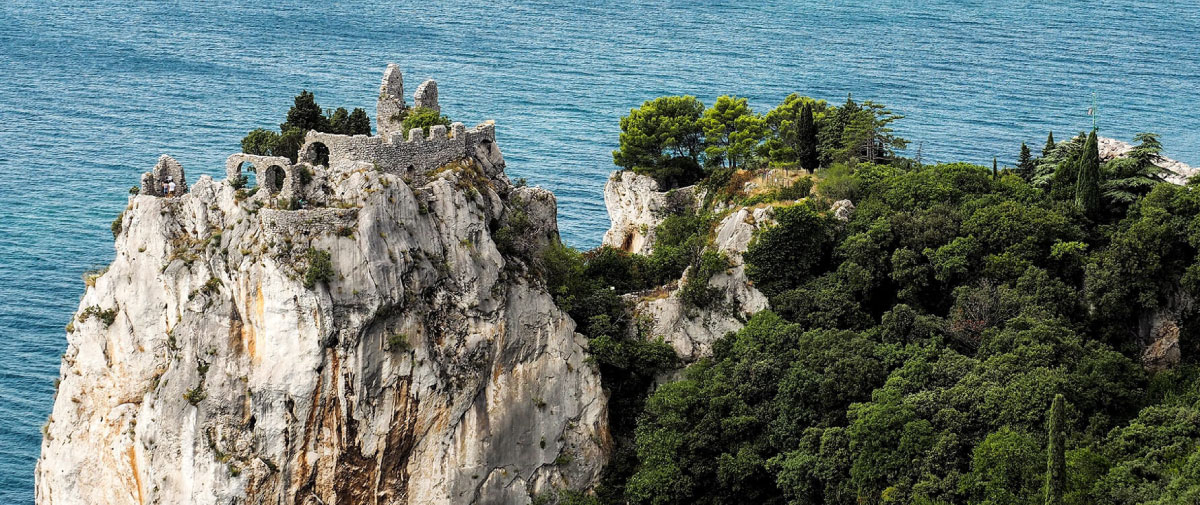
Major Excursions Launch
AMC’s Major Excursions (now Adventure Travels) is officially established, after running trips to far-off locations since the 1900s. Experienced volunteer leaders create, plan, and lead excursions, while fostering a dynamic and active group environment.
1981
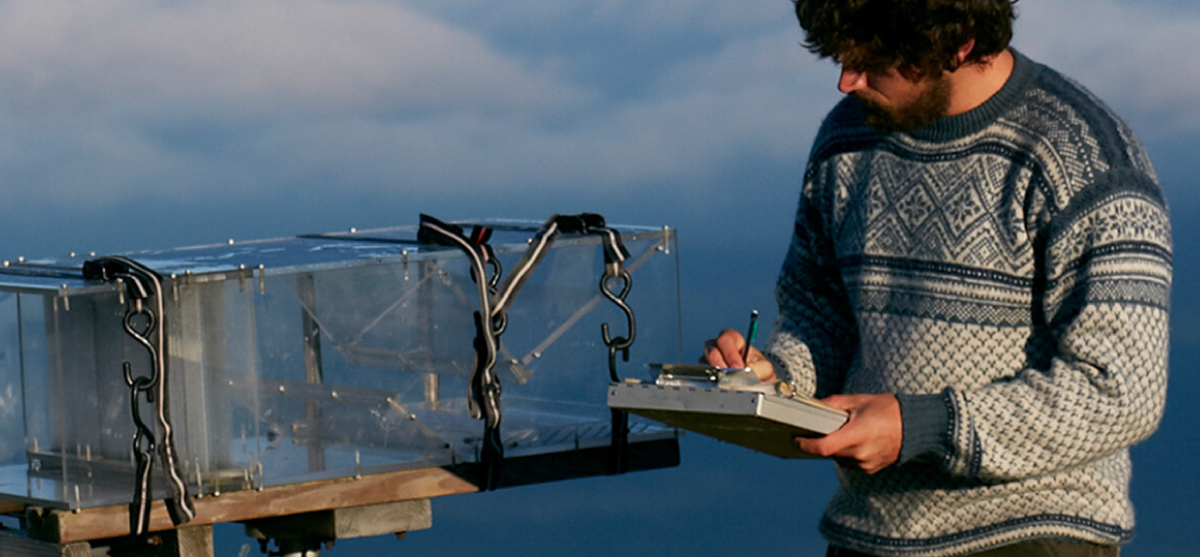
Cloud Catcher Research
AMC begins investigating the precipitation of acid rain on the upper slopes of the White Mountains at monitoring sites on Lafayette and Washington. Our “cloud catchers” continue to collect samples near Lakes of the Clouds to this day.
1988
Revamping the Club
AMC begins a controversial transformation in management and governance, from a volunteer-directed leadership with a small, paid staff to a corporate-style board of directors charged with policy and oversight.
1993

AMC Launches Operations at the Mohican Outdoor Center
Located on a beautiful glacial lake in the 70,000-acre Delaware Water Gap National Recreation Area, the Mohican Outdoor Center quickly becomes an ideal retreat for groups and families.
1995
Air Quality Monitoring Station
An air quality monitoring station is set up at the Pinkham Notch Visitor Center. The station still runs today, in cooperation with the NH Department of Environmental Science.
1997
Composting Toilets Make Their Debut
AMC begins installing continuous composting toilets at the high huts.
1998
Advocacy in the Highlands
AMC joins the Highlands Coalition, an advocacy group focused on land protection in the Highlands region of New York, New Jersey, Pennsylvania, and Connecticut.
2003
A New Strategy for Land Conservation
AMC purchases 37,000 acres of land east of Moosehead Lake and southwest of Baxter State Park along the A.T.’s 100-Mile Wilderness. As the largest conservation project undertaken by AMC to date, this innovative program – called the Maine Woods Initiative (MWI) – integrates habitat protection, recreation, education, and sustainable forestry in one of the last undeveloped woodlands in the continental U.S.
2003
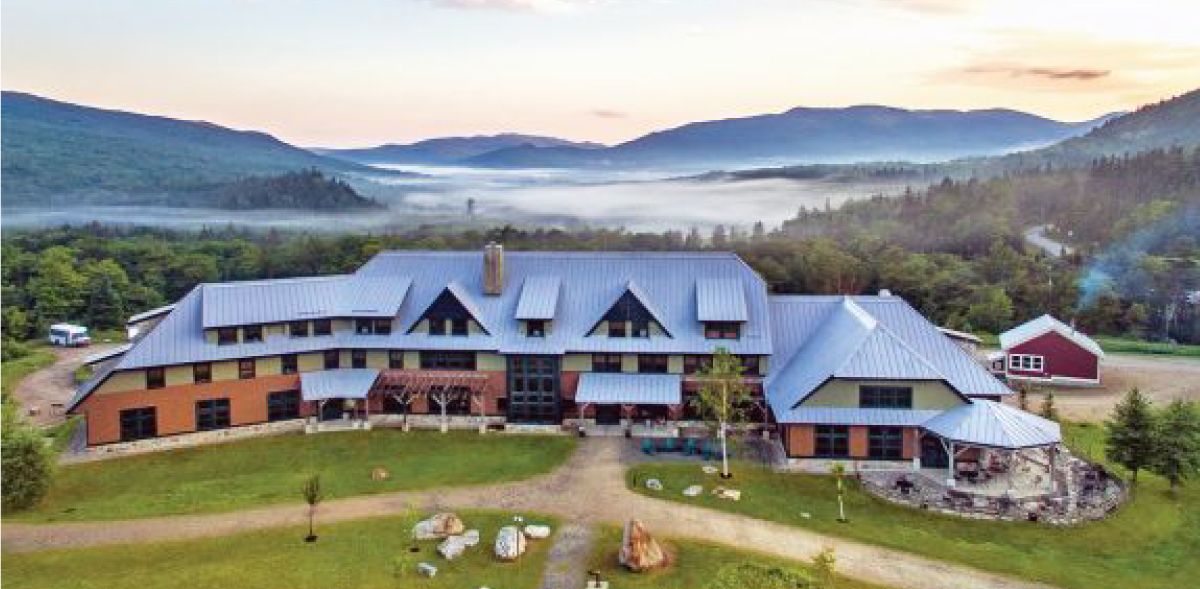
The Highland Center Opens
Surrounded by 4,000-footers in Crawford Notch, the Highland Center offers “green” lodging, hearty meals, complimentary activities, and a wide range of educational programs.
2004
Highlands Conservation Act
The Highlands Conservation Act is signed, following advocacy by AMC and other members of the Highlands Coalition.
2004
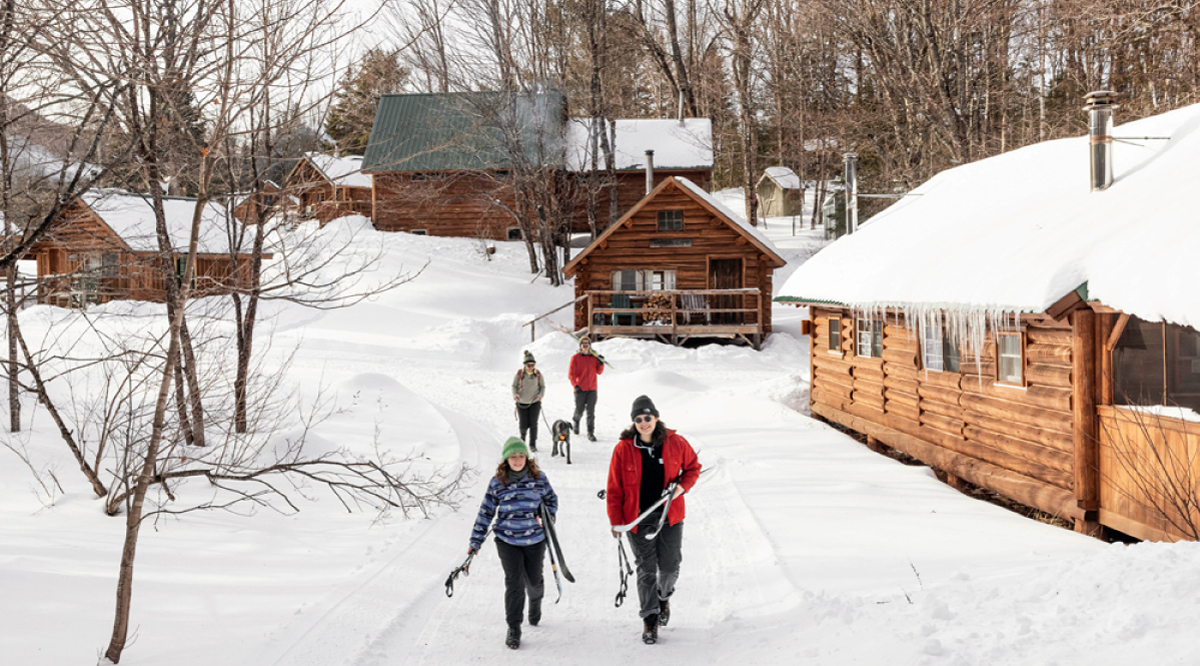
Preserving a Maine Woods Tradition
Little Lyford Pond Camps (now Little Lyford Lodge & Cabins) opened in 1874 on the border of the West Branch of the Pleasant River in northern Maine. The property included a main lodge and 13 cabins, as well as satellite camps for housing loggers. AMC purchased the site in 2004 in an effort to continue providing quiet recreational opportunities in the North Maine Woods while protecting the land upon which the camps sit.
2005
Going Flush Free
The flush toilets at Lakes of the Clouds are converted to a direct deposit system, eliminating the use of water to transport waste to the septic system and greatly reducing the amount of liquid requiring treatment. Madison Spring Hut follows suit six years later.
2009
NET Scenic Trail
The New England National Scenic Trail (NET) is federally designated. AMC and the Connecticut Forest & Park Association enter into a formal partnership with the National Park Service to serve as the NET’s principal trail stewards.
2010
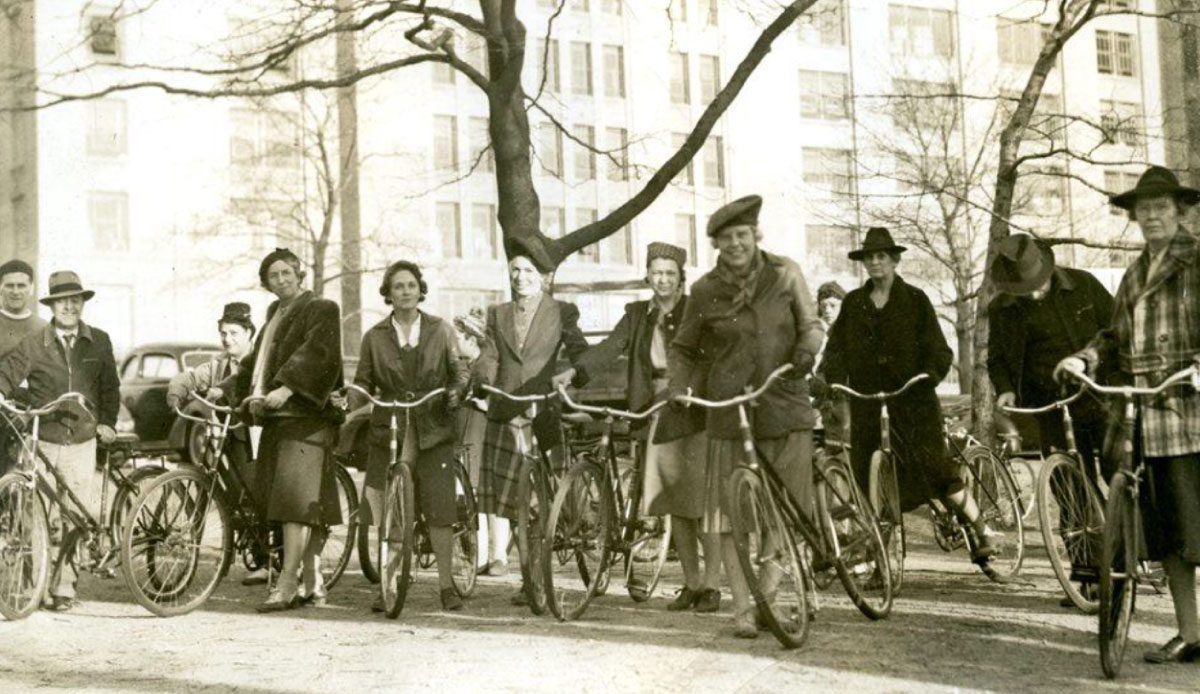
Archiving AMC
AMC receives the first of eight NEH grants, enabling the club to preserve thousands of photographic images and documents dating to the 1870s. The first grant enabled a conservation assessment, which set our Library & Archives on a path toward sustainability and preservation of AMC’s collections. We encourage and promote the use of these materials for teaching, learning, research, and public service. Visit our Library and Archives to search our collections.
2011
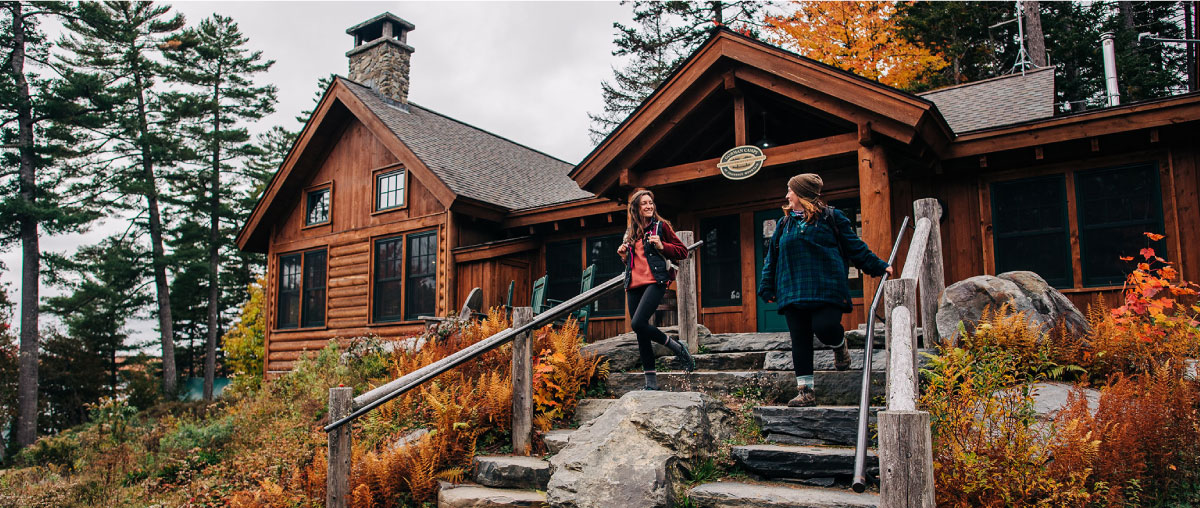
Gorman Chairback Opens
AMC opens the newly rebuilt Gorman Chairback Lodge & Cabins, a former private camp constructed in 1867 and a LEED-registered green building.
LEARN MORE
2011

AMC Unveils Final Renovations at Noble View
Noble View Outdoor Center reopens following an eight-year volunteer-led project to improve guest lodging. A conservation easement now permanently protects nearly 360 acres of AMC-owned land at the center.
LEARN MORE
2012
Investing in Our Future
AMC becomes a committed partner with teachers, schools, and other youth providers to engage K-12 students in meaningful, outdoor environmental experiences that enhance academic achievement and tie into Maine’s curriculum frameworks. As part of AMC’s MWI, the Maine Woods Community Youth and Environment Program helps young people in Piscataquis County learn about – and connect with – the wilderness in their own back yards.
2015
AMC Acquires Baker Mountain
AMC purchases 4,300 acres of scenic and ecologically significant land on and around Baker Mountain in the 100-Mile Wilderness for permanent protection.
LEARN MORE
2017
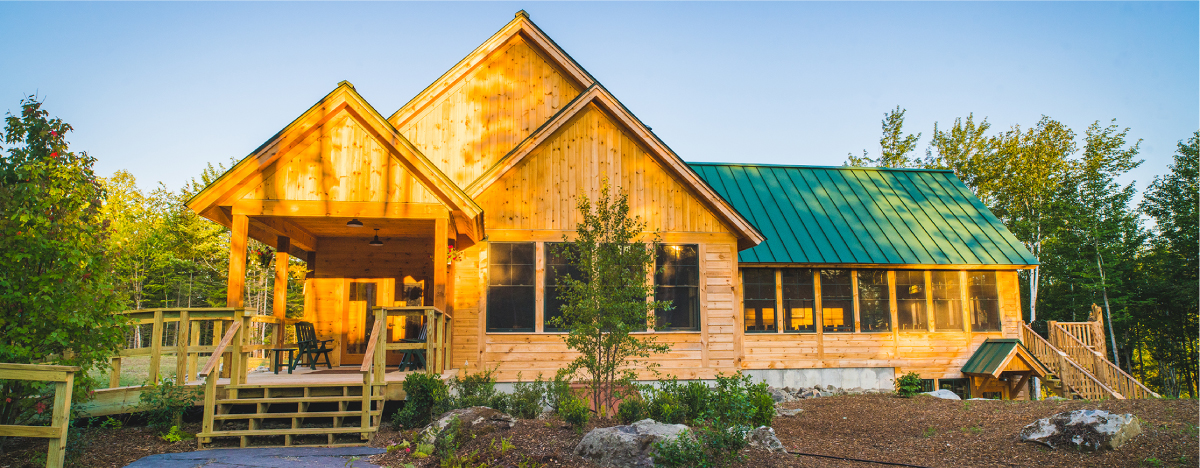
Medawisla Opens for Business
AMC expands its Maine Woods Initiative with a new eco-lodge at Medawisla. WATCH VIDEO »
2017
A New Summer Retreat
Hidden in New York’s second-largest park, the Stephen & Betsy Corman AMC Harriman Outdoor Center opens for summer getaways. WATCH VIDEO »
2021
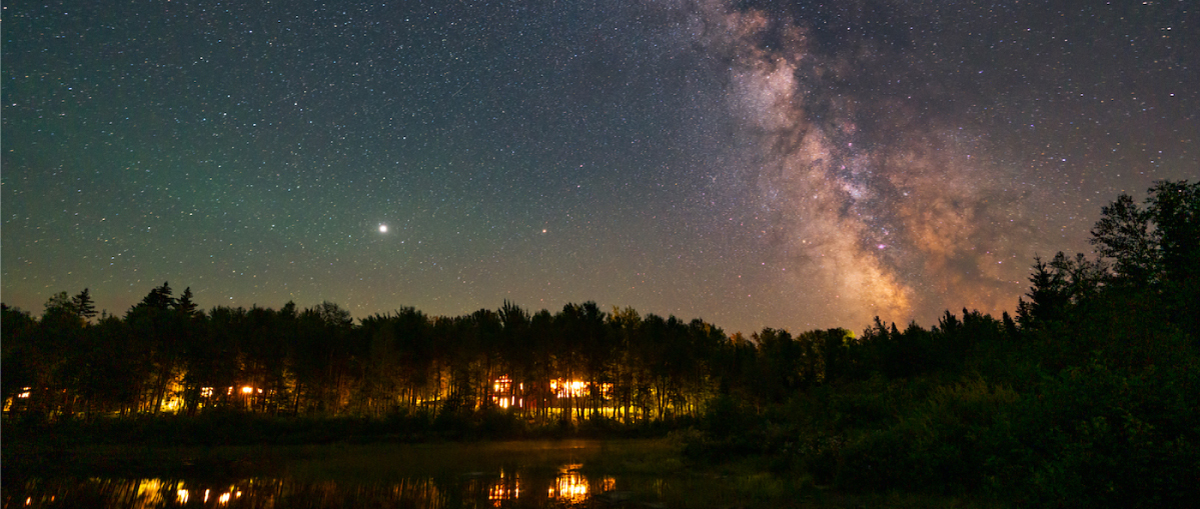
Preserving the Dark Sky
AMC’s Maine Woods property is designated an International Dark Sky Park – the first in New England.
LEARN MORE
2022
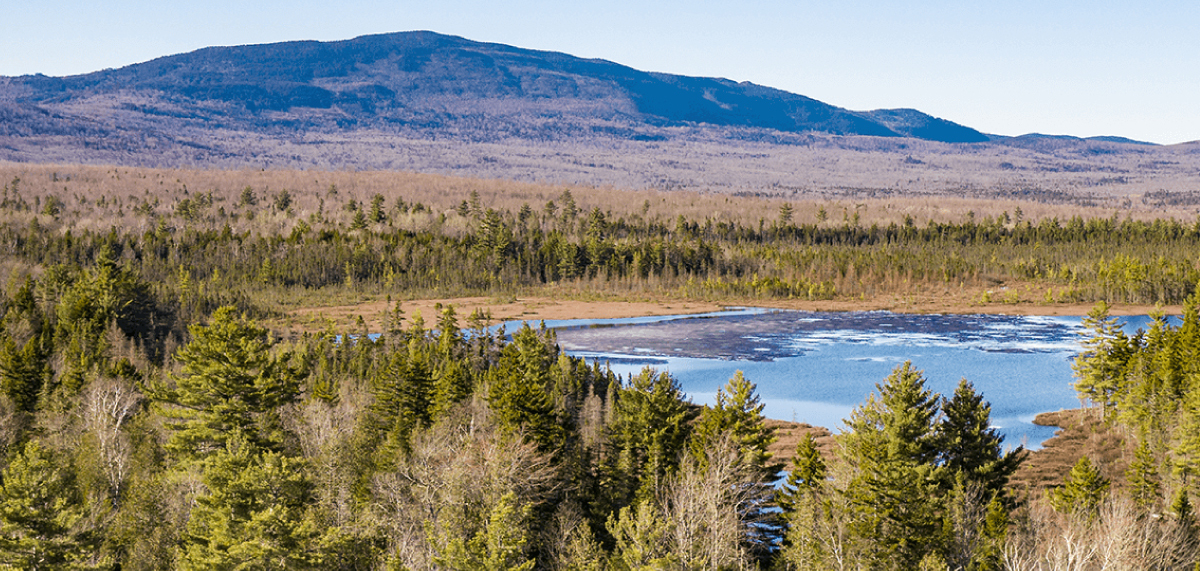
Safeguarding the PRHF
AMC purchases the ~27,000-acre Pleasant River Headwaters Forest (PRHF) in Piscataquis County, ME for $18.5 million from The Conservation Fund. AMC has now acquired – and permanently protected – more than 100,000 acres of forest and fish habitat in Maine.
LEARN MORE
2026
AMC’s 150th Anniversary
Our 150th anniversary is a big deal!!!! Stay Tuned.
References
AMC Western MA Website – special thanks for inspiration and much of content.
Outdoors.org History, In Land We Trust
Eastman, T. (2012). The History of Cranmore Mountain, The History Press, Charleson, S.C., 160p.
Jermanok, S. (2006). Delicate Terrain, boston.com news (09/12/2022).
Reifsnyder, W. (1979). High Huts of the White Mountains, 2nd: Nature Walks, Natural History, and Day Hikes around the AMC’s Mountain Hostels, AMC, 256 p.
